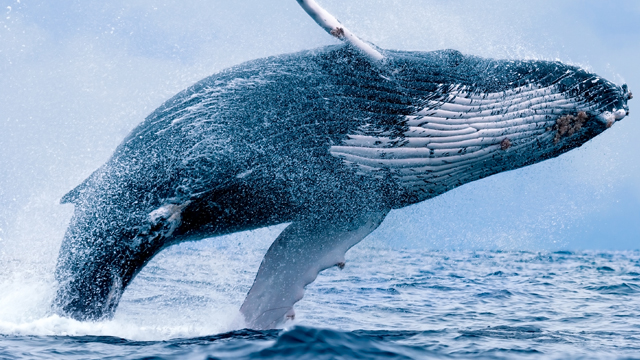Scientists have recently unraveled the mystery behind the enchanting songs of some of the ocean’s largest creatures: humpback whales and other baleen whales. Their findings, published in the journal Nature, shed light on why human-generated noise in the ocean disrupts these majestic animals.
Whale songs play a vital role in their survival, aiding in communication and mating. However, the frequency of their songs overlaps with the noise produced by ships, making it challenging for whales to communicate effectively.
To understand how whales produce these complex sounds, researchers conducted experiments using larynxes, or voice boxes, extracted from stranded whale carcasses. By recreating the sounds using these structures, they discovered that baleen whales have a unique vocal anatomy that recycles air and prevents water inhalation, unlike humans who use vocal folds in their throats.
The study revealed that whale songs are confined to a narrow frequency range, making them vulnerable to interference from human activities like shipping. This insight into the impact of ocean noise on whale communication is crucial for the conservation of these endangered species.
Dr. Kate Stafford, a whale communication expert, praised the study as groundbreaking, emphasizing the importance of understanding how whales produce sounds. The research not only demystifies whale songs but also provides insight into the evolutionary adaptations that enable these creatures to communicate underwater.
While toothed whales, like dolphins and orcas, produce sounds differently, baleen whales’ vocalization methods have long been a subject of curiosity. Dr. Ellen Garland, from the University of St Andrews, commended the researchers for their innovative approach to studying these elusive giants of the sea.
In essence, the study highlights the remarkable abilities of whales and underscores the need to protect their marine environments from human-induced noise pollution.















































